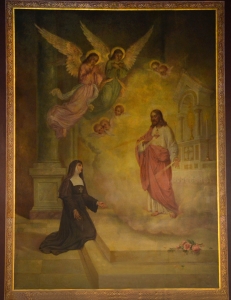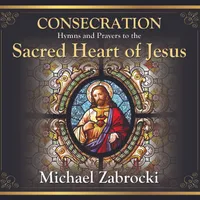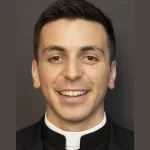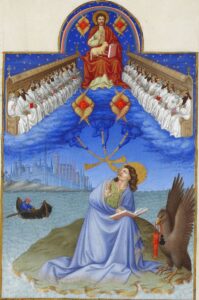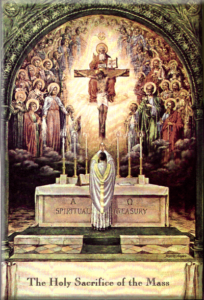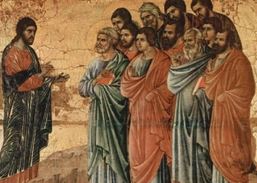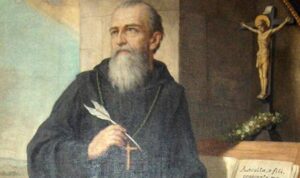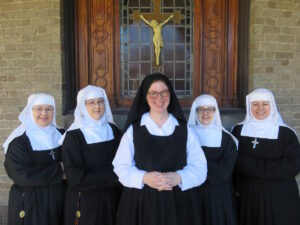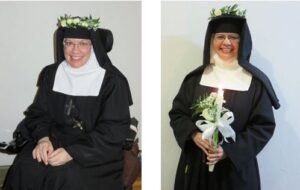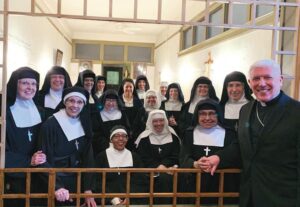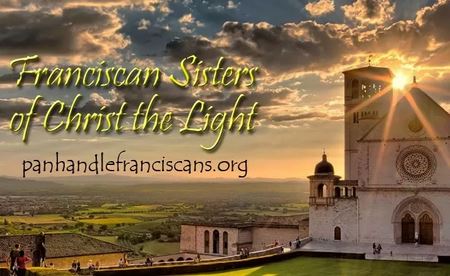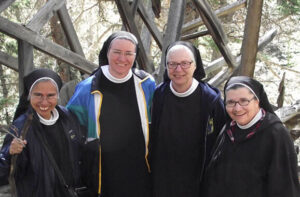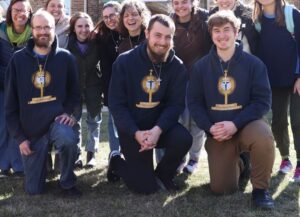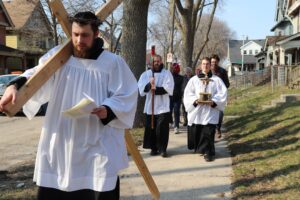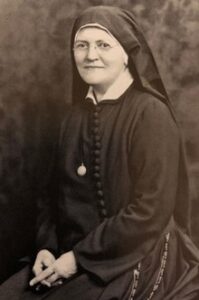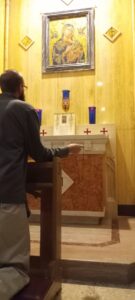![]()
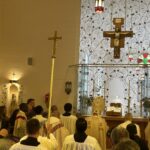 On November 13, 2023, the Poor Clares in Roswell, New Mexico, celebrated the 75th anniversary of their foundation with a solemn Mass of thanksgiving, over which His Eminence Raymond Leo Cardinal Burke presided. The chapel was packed to overflowing with friends who came from all over the country for the occasion. Although not all who attended were able to stay afterward to greet the sisters briefly in the parlor, the line was long enough to keep the sisters busy greeting visitors for a full hour and a half!
On November 13, 2023, the Poor Clares in Roswell, New Mexico, celebrated the 75th anniversary of their foundation with a solemn Mass of thanksgiving, over which His Eminence Raymond Leo Cardinal Burke presided. The chapel was packed to overflowing with friends who came from all over the country for the occasion. Although not all who attended were able to stay afterward to greet the sisters briefly in the parlor, the line was long enough to keep the sisters busy greeting visitors for a full hour and a half!
 Most touching was the presence of friends whose parents or grandparents had supported the monastery since its small beginnings in 1948. The journey of the foundresses by train from Chicago was delightfully recounted in the very popular and joy-filled book A Right to Be Merry by Mother Mary Francis, P.C.C., who was a very young sister at the time of the foundation.
Most touching was the presence of friends whose parents or grandparents had supported the monastery since its small beginnings in 1948. The journey of the foundresses by train from Chicago was delightfully recounted in the very popular and joy-filled book A Right to Be Merry by Mother Mary Francis, P.C.C., who was a very young sister at the time of the foundation.  Since then, the “farmhouse-turned-monastery” has flourished and become a motherhouse to five daughterhouses, either founded from or restored by the Roswell community. Today the Roswell community has twenty-four members, with two aspirants scheduled to enter in the coming months.
Since then, the “farmhouse-turned-monastery” has flourished and become a motherhouse to five daughterhouses, either founded from or restored by the Roswell community. Today the Roswell community has twenty-four members, with two aspirants scheduled to enter in the coming months.
As part of the jubilee celebrations, the Apostolic Penitentiary has granted a plenary indulgence, under the usual conditions, to those 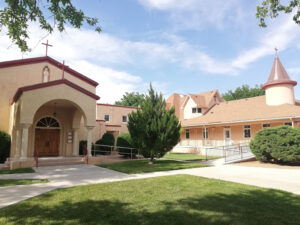 who make a visit to their monastery chapel before the conclusion of the jubilee year on November 13, 2024. The indulgence may also be gained by those unable to visit in person due to infirmity or inability to travel if they offer their sufferings to the Lord or carry out practices of compassion.
who make a visit to their monastery chapel before the conclusion of the jubilee year on November 13, 2024. The indulgence may also be gained by those unable to visit in person due to infirmity or inability to travel if they offer their sufferings to the Lord or carry out practices of compassion.
“We ourselves can make no suitable return to you for all your goodness to us, so we rejoice all the more that Holy Church herself can help us out in this way!” wrote Mother Mary Angela, P.C.C. “May this jubilee indulgence bring you (and all the deceased loved ones for whom you may wish to offer this indulgence) an eternal reward for all of your goodness to us.”
For more information about the Poor Clare Monastery of Our Lady of Guadalupe, visit: poorclares-roswell.org


